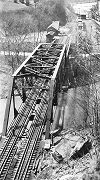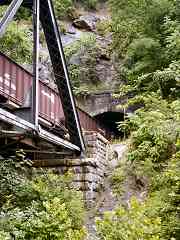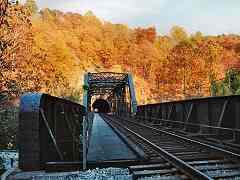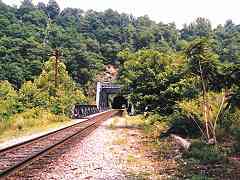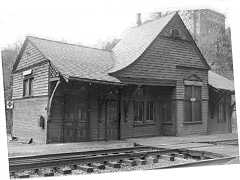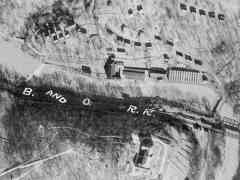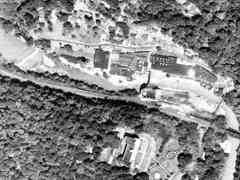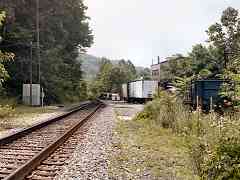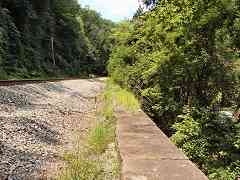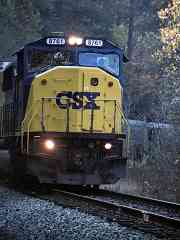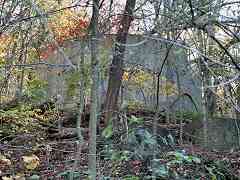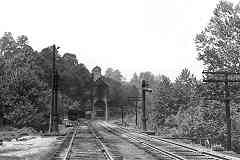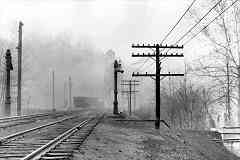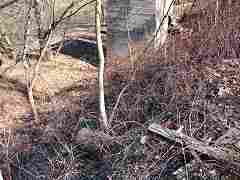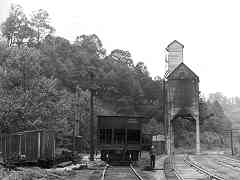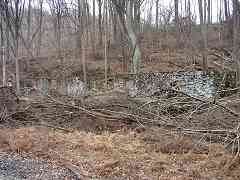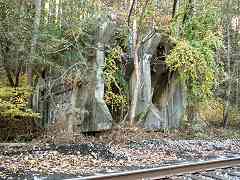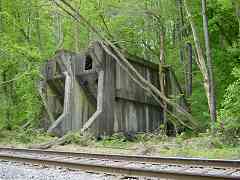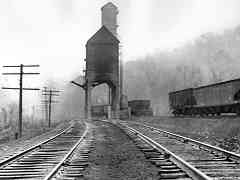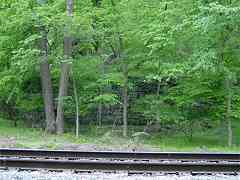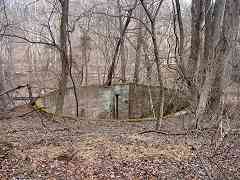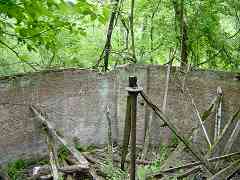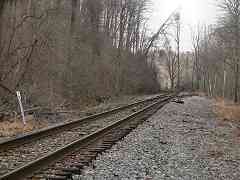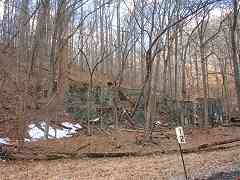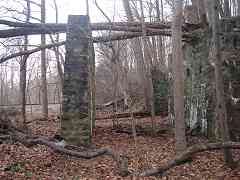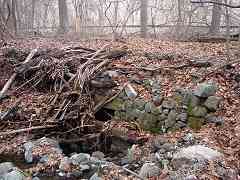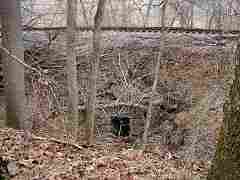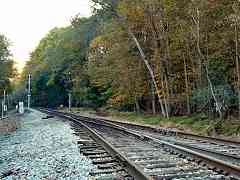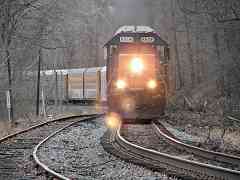|
 Reader John Dowling kindly shared these images and their story:
Reader John Dowling kindly shared these images and their story:
"Shortly after I got my driver's license in 1962, I was visiting the
depot and happened to meet the Ilchester station master. After he
asked if I was interested in trains, he told me the building was
being torn down and I could take what I wanted.
"I (also) took the notice off the door regarding the depot's impending
demise. The building's life was extended a few months after
the date on the notice because it was used by the crew that was
relocating the track to the center of the tunnel and (I think)
increasing the tunnel's clearance. When the end came I was heartbroken."
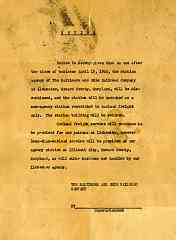 The text of that 1962 closure notice reads as follows:
The text of that 1962 closure notice reads as follows:
"Notice is hereby given that on and after the close of business April 13,
1962, the station agency of The Baltimore and Ohio Railroad Company at
Ilchester, Howard County, Maryland, will be discontinued, and the
station will be operated as a non-agency station restricted to carload
freight only. The station building will be retired.
"Carload freight service will continue to be provided for our patrons
at Ilchester, however less-than-carload service will be provided at
our agency station at Ellicott City, Howard County, Maryland, as will
other business now handled by our Ilchester agency. (signed) /The
Baltimore and Ohio Railroad Company/, by Superintendent."
A "agency station" is one staffed by an agent of the railroad,
often someone equipped to handle, label and price outbound freight.
|
